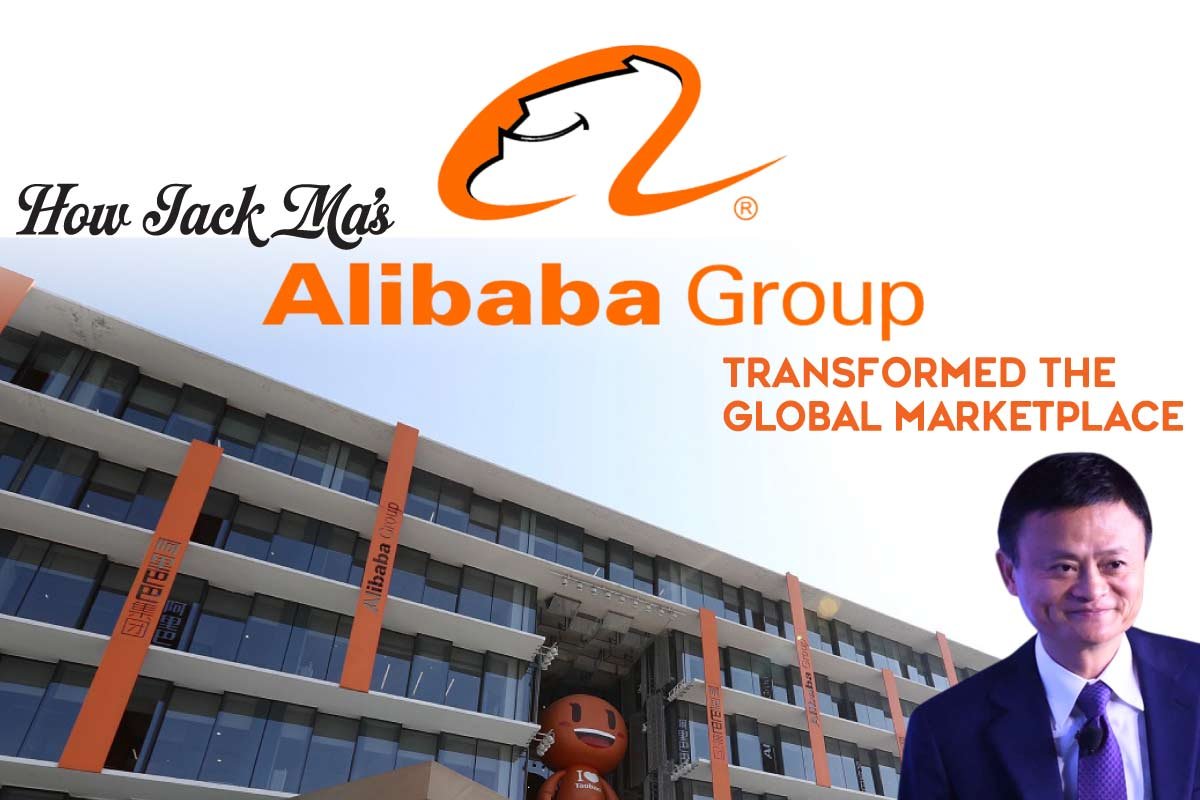In the earlier days, the pleasure of enjoying tasty dishes on multiple occasions involved entering a warm and attractive restaurant, where the atmosphere and the culinary mastery of the chefs created unforgettable dining moments. Sometimes, due to time limitations, hectic schedules, or unexpected circumstances, it becomes quite challenging to go out and eat at a traditional restaurant.
Restaurants have experienced transformation from being exclusive spots to enjoying tasty meals to using digital platforms and delivery services such as DoorDash. Making it incredibly convenient – with a simple tap on your phone, you can order, and soon, a delicious meal arrives at your doorstep.
Brands like DoorDash not only changed how we enjoy meals but also became a lifeline for local restaurants by helping them reach more people. The industry continues to develop with the perfect mix of technology, customer preferences, and culinary innovation. This ensures that in the future, enjoying delicious food will be both convenient and not restricted by distance.
In this article, let’s dive into the exciting changes and the adventures in DoorDash’s journey. We’ll discover the creativity and deliciousness that influence the present and upcoming scenes of restaurants and food delivery.
History of the Brand:

Brand Overview:
It is an online platform that allows customers to easily order food from local restaurants and have it delivered straight to their doorstep. Established by Tony Xu Andy Fang Stanley Tang Evan Moore in 2013. It operates in several countries, offering a wide range of food options and delivery services for various types of cuisines. The platform partners with diverse restaurants. It also helps users to browse a variety of food options and place food orders through its app or website. DoorDash has become a prominent player in the food delivery industry, serving as a convenient and efficient way for people to access their favorite restaurants.
Competitors of DoorDash:
| Company | Foundation Year | App Rating on Play Store |
|---|---|---|
| Uber Eats | 2014 | 3.7 |
| GrubHub | 2004 | 4.7 |
| Instacart | 2012 | 4.2 |
| Postmates | 2011 | 4.3 |
| Seamless | 1999 | 4.6 |
| GoPuff | 2013 | 4.6 |
| ChowNow | 2011 | 4.6 |
| Deliveroo | 2013 | 4.5 |
| Just Eat | 2001 | 4.4 |
Marketing Strategies Used by DoorDash:
- Targeted Segmentation: It focuses on three main groups – Dashers (delivery drivers), Restaurants, and Users. Understanding the needs of each group helps DoorDash tailor its marketing and services to meet their specific requirements.
- Finding Market Gaps: It identified opportunities by delivering to suburbs rather than just cities and also provided valuable information to restaurants about customer preferences.
- Emphasis on Quality: prioritized the quality of delivery ensuring high ratings for both partner restaurants and Dashers targeted to provide users with a positive and reliable experience.
- Unique Value Proposition (UVP): It sets itself apart by highlighting quality in a market where others focus on speed or price. This difference was supported by high-rated restaurants and Dashers.
- Continuous Technological Improvement: The brand invests in technology to enhance user experience, including a user-friendly mobile app with features like order suggestions, live tracking, and scheduling deliveries, meeting changing consumer expectations in the digital age.
- Customer-Centric Approach: It places a strong weight on customer satisfaction, with a strong support system, including a dedicated Twitter account and 24/7 website support, quickly addressing customer issues to build a positive reputation.
- Adapting to World Events: During COVID-19, the brand prioritized safety by offering contact-free deliveries, providing safety supplies to Dashers, and supporting local restaurants by giving up commission fees temporarily.
- Partnerships and Collaborations: They formed strategic partnerships with major brands like Walmart and local businesses to enter new markets such as grocery delivery, contributing to growth and change.
- Promotional Strategies: It engages in traditional advertising and partners with restaurants to create attractive deals and promotions, as seen in collaborations like “Get a Big Mac for 1 cent, Only on DoorDash” with McDonald’s.
- User Loyalty Programs: It offers the DashPass subscription, providing benefits like $0 delivery fees on orders over $12 for a monthly fee, encouraging repeat business and customer retention.
Latest Marketing Campaign:

“A Neighborhood of Good in Every Order” is DoorDash’s latest campaign, showcasing the positive impact of every order on local communities. Beyond fulfilling immediate needs, each order supports local businesses, pays Dashers, and contributes to the overall well-being of neighborhoods. Through TV, digital, social media, in-app, and outdoor ads, which reframes ordinary orders as vital contributors to the collective good. This initiative reflects its ongoing commitment to empower and uplift local economies, celebrating the diverse communities they serve.
Market Dynamics of DoorDash:
As of January 2024, DoorDash is valued at $43.10 billion, ranking as the 426th most valuable company globally. Holding a strong 66 percent of the market share, it leads the online food delivery market in the United States. Also, their app boasts a strong rating of 4.6 out of 5 stars.
Controversies:
It has been the target of various legal challenges as well as criticism. One major problem that raises questions about transparency is the unsupported practice of withholding tips from delivery drivers. Additionally, the business is charged with antitrust price manipulation, which could reduce competition in the food delivery industry. Due to its unapproved restaurant listing, the company has drawn criticism and faced struggles with restaurant owners. Also, there is controversy surrounding the misclassification of workers as independent contractors rather than employees, which affects labor rights. DoorDash faces difficulties in responding to public concerns and resolving legal issues in the economic environment as a result of these controversies.
Future of the Food Delivery Industry:

Eco-friendly and beneficial delivery services are the focus of the future of food delivery. Personalized experiences will be provided by cutting-edge technologies like AI and AR. Sustainability will be highlighted, with a focus on environmentally friendly behavior. Forming partnerships will increase the variety of food choices that are open to you. It combines technology, sustainability, and effective satisfying of your appetite!
Drones and self-driving cars of the future will expedite deliveries and cut down on wait times. AI will personalize recommendations according to your preferences, making each order more enjoyable. Menu exploration through virtual reality could be made possible. Sustainable packaging and local sourcing will be the main focus of these initiatives. New and distinctive options will be introduced through partnerships with regional farmers and artisans. It is thought that food delivery in the future will be quick, environmentally friendly, and customized just like your preference.
Conclusion:
It has transformed how we experience dining, providing a lifeline for local restaurants and leading the online food delivery market. Through strategic marketing and technological advancements, it has become a major player, adapting to challenges like the COVID-19 pandemic. The company’s commitment to community impact is evident in its latest campaign.
Despite its success, it faces controversies related to transparency, worker classification, and antitrust concerns. Looking to the future, the food delivery industry aims for sustainability and technological innovation, with DoorDash controlled to play a significant role. Expect a future marked by quick, eco-friendly, and personalized food delivery experiences.


















